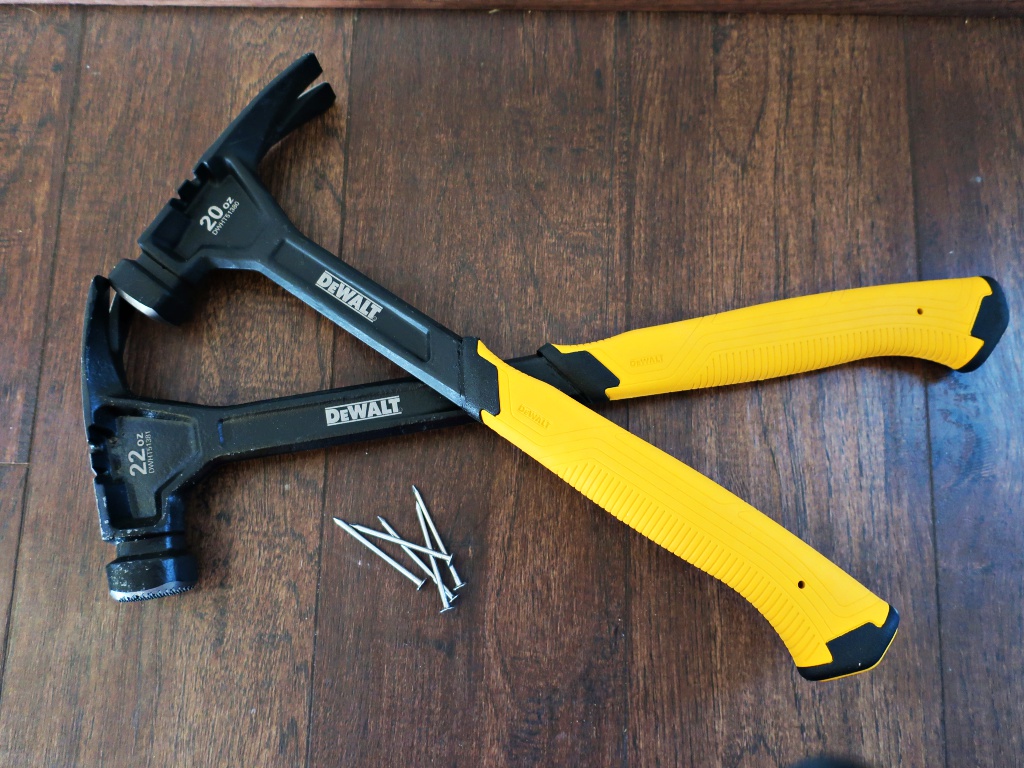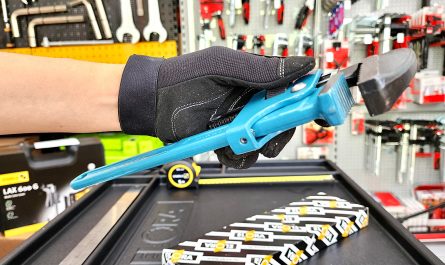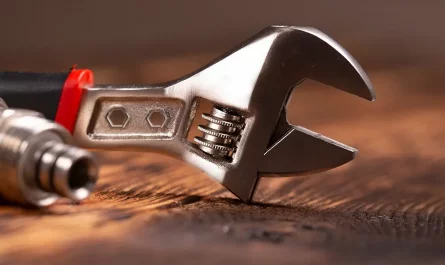In carpentry, construction, and woodworking, the hammer stands as one of the most versatile and essential tools. Whether you’re framing, driving nails, or breaking apart materials, the hammer combines force with control to accomplish a wide range of tasks. From the simple hand hammer to more specialized types, learning how to use the right hammer for the job is key to efficiency and accuracy.
History and Evolution of the Hammer
The hammer has ancient roots, tracing back to early Stone Age tools used by humans for pounding and shaping materials. As metalworking advanced, hammers evolved into more refined tools with metal heads and wooden or later, fiberglass handles. Over the centuries, the design of the hammer has been tailored to meet the specific needs of carpenters, blacksmiths, masons, and builders.
The modern hammer comes in a variety of styles, each designed for a specific task. With advancements in materials like steel and synthetic composites, today’s hammers are lighter, more durable, and comfortable to use, with ergonomic designs that minimize hand strain and increase impact efficiency.
Types of Hammers and Their Applications
1. Claw Hammer

Description and Use:
The claw hammer is the most common and widely recognized hammer in carpentry, known for its practicality and versatility. Featuring a flat, smooth face for driving nails and a curved, forked claw for removing nails, this tool is essential for a variety of tasks, from rough framing to delicate finish work. The dual-purpose design makes it an indispensable tool in any carpenter’s toolkit.
Primarily used for driving nails, the claw hammer is also handy for light demolition tasks, prying apart materials, or pulling nails with its sharp, angled claws. Its balanced design and ergonomic handle allow for quick, controlled strikes, making it ideal for both precision work and more forceful applications. Whether you’re assembling framing structures, hanging trim, or performing repairs, the claw hammer delivers reliable performance for general-purpose tasks.
Thanks to its durability and ease of use, the claw hammer remains a go-to tool for professionals and DIYers alike. Its simple yet effective design ensures that it can handle a wide range of carpentry jobs, from the most demanding to the most delicate, all with the same level of effectiveness and ease.
Technical Characteristics:
- Head Material: Steel (often with a hardened face)
- Weight: 300 – 450 g (typical for a carpentry hammer)
- Handle: Wood, steel, or fiberglass (ergonomic and shock-absorbing models available)
- Length: 300 – 400 mm
- Features: Claw design for nail removal, curved or straight handle
Price Range:
€10 – €50
2. Sledgehammer

Description and Use:
The sledgehammer is a heavy-duty tool designed for tasks that demand significant force, such as breaking concrete, stone, or driving large stakes. Unlike a regular hammer, the sledgehammer features a large, flat head that is swung with both hands to deliver powerful, high-impact blows. This design enables it to generate the immense force needed for demanding jobs.
Sledgehammers are commonly used in demolition, where they break through tough materials like concrete and brick, or for driving large nails or stakes into hard surfaces. Their weight and power make them ideal for heavy-duty work on construction sites, where precision isn’t as critical as sheer force. Additionally, sledgehammers are invaluable in landscaping projects, such as breaking up rocks or cracking through concrete slabs for renovations or ground leveling.
Due to their substantial size and weight, sledgehammers require a certain level of strength and skill to use effectively, but when employed correctly, they provide unmatched power and efficiency for the toughest tasks. Whether you’re working on demolition, construction, or outdoor projects, the sledgehammer is the ultimate tool for jobs requiring high-impact force.
Technical Characteristics:
- Head Material: Hardened steel or alloy
- Weight: 2 – 6 kg
- Handle: Wooden or fiberglass, with shock-absorbing features
- Length: 600 – 900 mm
- Features: Large flat face, two-handed grip for maximum power
Price Range:
€20 – €150
3. Mallet (Wooden or Rubber)

Description and Use:
The sledgehammer is a heavy-duty tool designed for tasks that require significant force, such as breaking concrete, stone, or driving large stakes. Unlike a regular hammer, the sledgehammer has a large, flat head that is typically swung with both hands to deliver powerful, high-impact blows. This design allows the user to generate immense force, making it ideal for demanding jobs that require a lot of power.
Commonly used in demolition, sledgehammers excel at breaking through tough materials like concrete, brick, or stone. They are also useful for driving large nails, stakes, or pins into hard surfaces. Due to their weight and size, sledgehammers are perfect for heavy-duty work on construction sites, where the need for sheer force outweighs the need for precision. They are also invaluable in landscaping projects, such as breaking up rocks, cracking concrete slabs, or assisting with ground leveling during renovations.
Given their substantial size and weight, sledgehammers require a certain amount of strength and technique to use effectively. However, when wielded correctly, they provide unmatched power and efficiency, making them essential for the toughest tasks. Whether you’re tackling demolition, construction, or outdoor projects, the sledgehammer is the go-to tool for jobs that demand high-impact force.
Technical Characteristics:
- Head Material: Wood, rubber, or plastic
- Weight: 300 – 1,000 g (depending on the material and size)
- Handle: Wood or fiberglass
- Length: 250 – 400 mm
- Features: Soft impact for delicate tasks, non-marring
Price Range:
€5 – €50
Common Applications in Carpentry and Construction
- Framing & Carpentry: Used for driving nails, assembling frames, and light demolition.
- Finish Work: Mallets or soft-faced hammers are used to avoid damaging delicate materials.
- Metalworking: Dead blow hammers are used for driving and shaping metal parts.
- Demolition: Sledgehammers and framing hammers break apart materials during renovation or destruction.
- Furniture Assembly: Mallets and small hammers ensure precise joinery without damaging surfaces.
Conclusion
The hammer is one of the most essential tools for any carpenter, contractor, or DIYer. Whether you’re framing a house, installing trim, or performing fine detail work, the right hammer can make your job easier, safer, and more precise. From heavy-duty sledgehammers for demolition to light wooden mallets for delicate tasks, the variety of hammers available ensures there’s a perfect tool for every job.
Choosing the right hammer for your needs—whether it’s a lightweight framing hammer, a soft-faced mallet, or a power-packed sledgehammer—will ensure you work with the correct force and control. With the proper technique and grip, the hammer becomes more than just a tool; it becomes an extension of your craftsmanship, helping to bring your carpentry projects to life.



